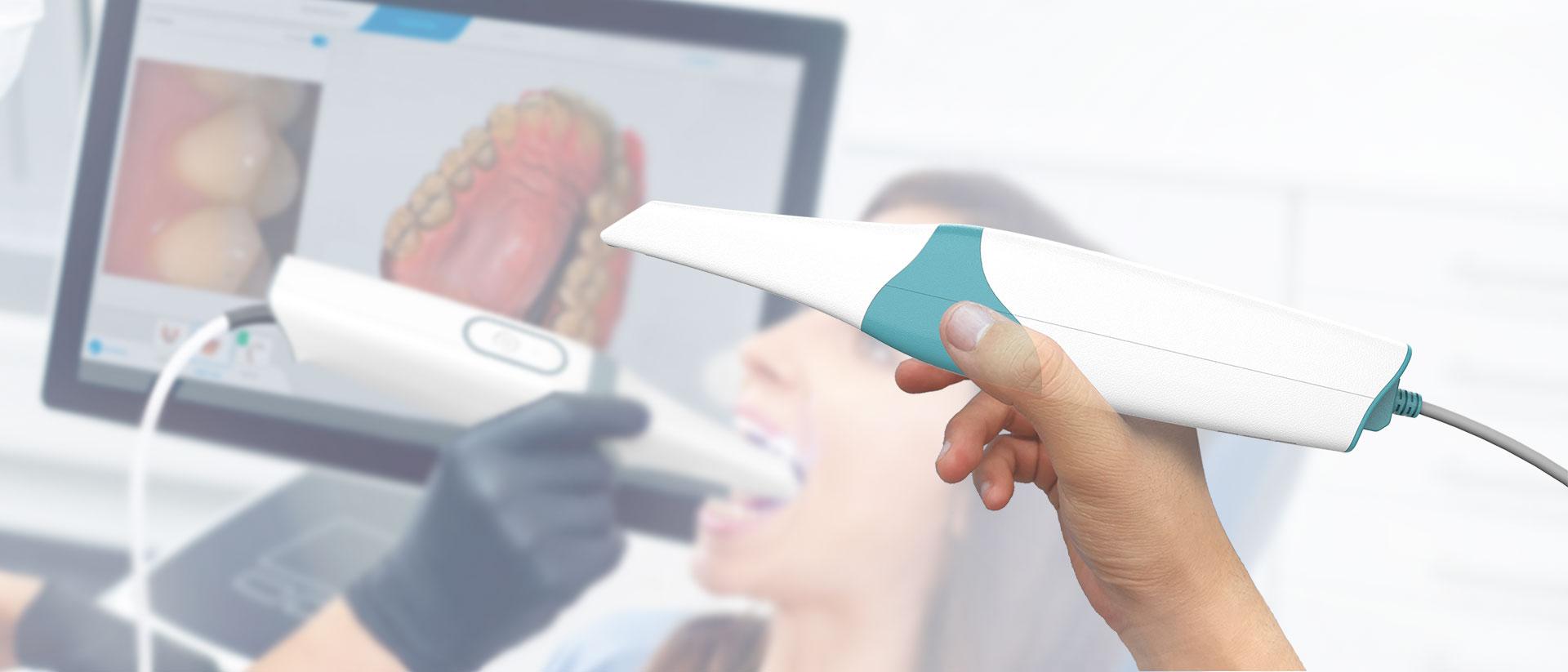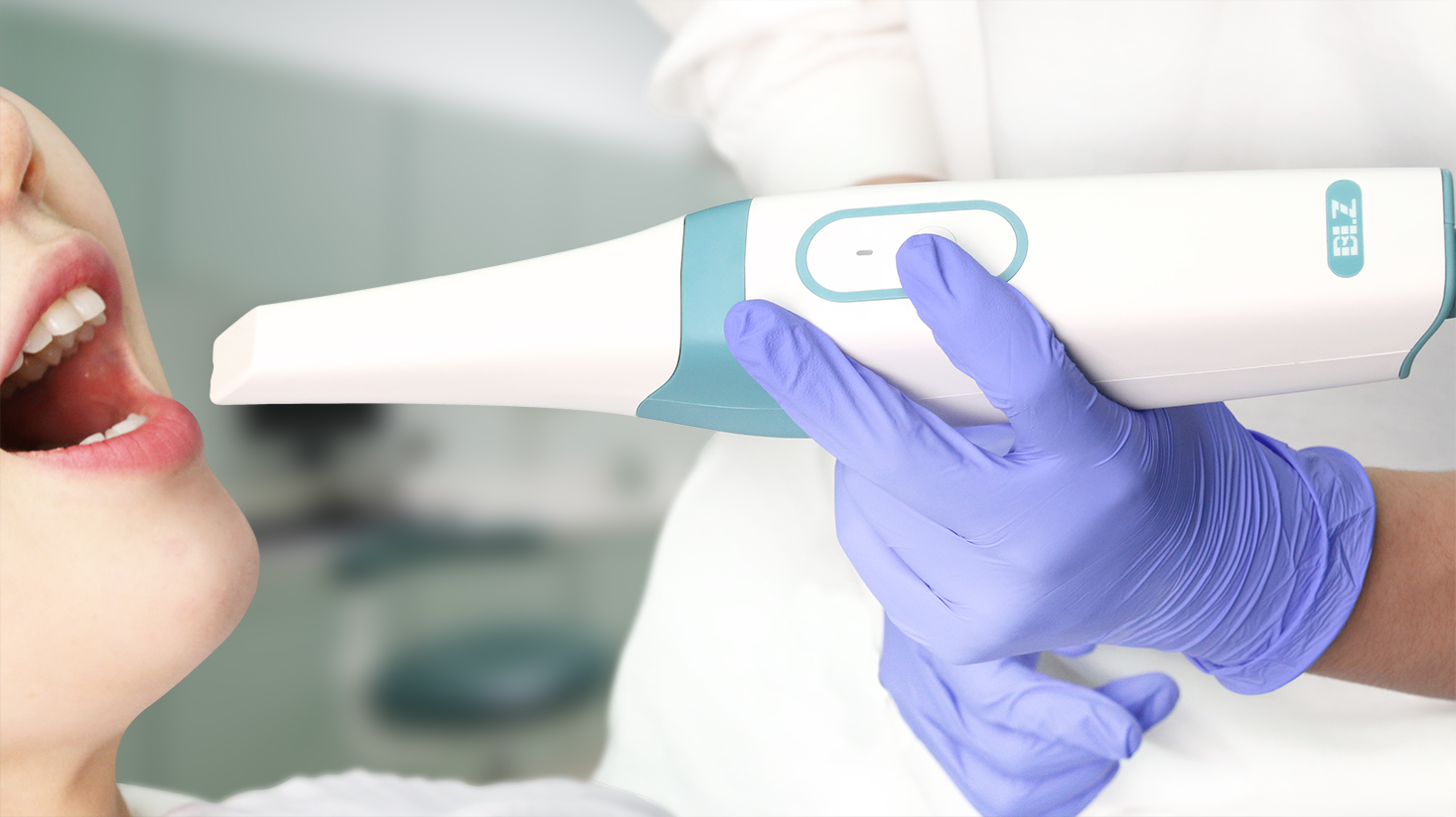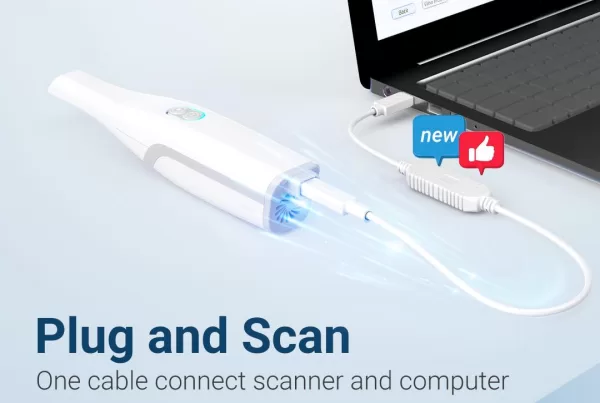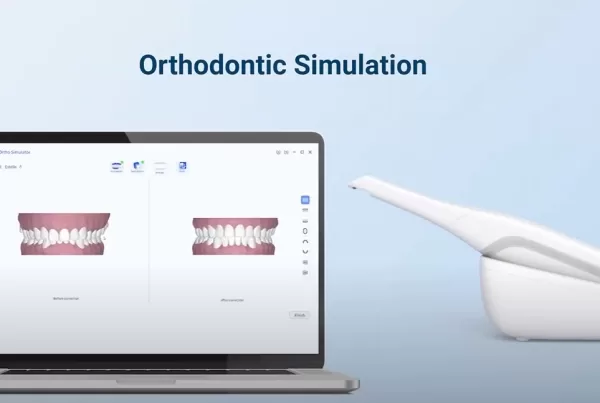Choosing an intraoral scanner is just like picking out the right pair of shoes. It not only needs to match your style but also fits the way you walk. It’s the same with intraoral scanners. You need to find the best fit and support for your needs.
What is the first step in evaluating intraoral scanners?
There are a lot of differences in the scanners, so doing a bunch of website research is a must.
Read up on them and obtain some technical specs. Now many application videos are available online. By watching how others use intraoral scanners, you can get feedback which is relatively real. Having an initial understanding of the differences in the scanners is not difficult.
But sometimes when you have all these references, it still can be very hard to make a choice. Then what can you do to proceed with the evaluation? Go and try out the intraoral scanners on hand!
By going to an event or exhibition and trying them all, you are able to see not only how the scanners scan teeth but also the way the computer software works. Holding the scanners in your hands and using them is also revealing. Some scanners are enormous with heavy cords. The computer interface of some scanners is slow and hard to understand. Some would take minutes to capture the scan images. So we encourage anyone who is looking for a scanner to go to a large dental meeting and try out all of the intraoral scanners that are available by hand.
What is your most important criteria?
Getting into scanning is a big deal. Trying to make sure that you get the best scanner is important. Intraoral scanners are not cheap as shoes. If you get the wrong scanner, it will cost you more, not just money. These are some evaluation criteria that most people will use when they choose an intraoral scanner.
- Features: There is a large set of features to consider, including speed, accuracy, use of powder, tip size, etc. The first thing that most doctors take into account for the development is the speed of full arch scanning and accuracy Some intraoral scanners may be quicker but compromise on margin detection.
- Ease of Use: Does it fit comfortably in patients’ mouths? How does it feel in your hand? The best intraoral scanner allows you to scan smoothly. And you need an intuitive software interface that aligns with your workflow. When talking about the top scanners on the market, those with complex digital interfaces are always quickly eliminated.
- Price: Another criteria that dentists consider quite important is the price. Because this can vary, depending on the cost, complements, distributors, or geographical location. However, some scanners have monthly financing or bundles with other dental technology and materials. So, don’t just look at upfront cost, consider all the options available to best leverage your budget.
- Training: As with any new product, there is a learning curve to consider. It’s important to learn what training is included with your purchase. Some companies offer hands-on, one-on-one training before, during, and post-sale.
- Warranty: Intraoral scanner is an essential tool in dentists’ daily practice. Your investment in this digital technology will be safeguarded if the warranty is excellent. Find out if the warranty may be extended and what is covered by their basic warranty.

List your own criteria and rank each of them in order of importance. When you are comparing different scanners, give them a score according to this list. Then you will get a scoresheet as an overview. This can help you pick out the best intraoral scanner for you.
If ease of use is your top criteria, INO100 can be a good choice for you. We, BLZ Dental, have simplified the operation process as much as possible while still meeting the full functionality. Even first-time users can quickly get to know the scanner and use it well. It is friendly for going digital.
When to decide on one particular brand?
According to the scoresheet you make, brands with higher scores are surely the ones to be preferred. Choose 2 or 3 alternatives, then you can ask the sales representative to demonstrate several intraoral scanners. During the demonstration, you can ask whatever you want about the scanner. It is a more effective way than reading their websites. At last, make your decision based off hands-on experience. If there is no dental show near you, or you don’t have the access to use each, an online demonstration is even more important.
It’s important to evaluate all the major considerations for you and your practice before deciding on a digital intraoral scanner. If you are interested in INO100, contact us to schedule a demonstration and to learn more about INO100 through BLZ Dental!


